Noun.: **a stroke of a bird’s wings in flying**. A metaphore for life as a sequence of moments. Some of those moments I like to share.
- Observations 2024
It’s that time of the year. The time of looking back and wrapping up. Spotify wrapped we know for years, but this year also banks joined in (you paid the largest amount to… insurances!). I even saw mastodon.au wrapping up 2024.
For the second year in a row I do a #ObsWrapped. Until 19 December 2024 I logged 2.354 #nature observations of birds, insects, flowers, fungi, moss and lichen. 2.172 of those observations concerned #birds.
The observations were mostly in the Netherlands, but I spotted wildlife in Germany, Italy and Iceland (🥰) too.
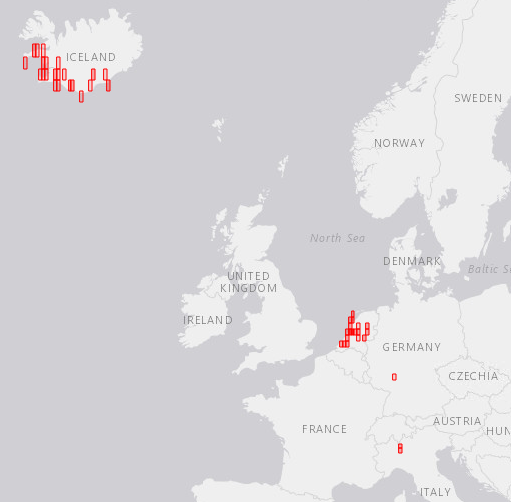
Five (edit: plus one) of the observations in 2024 I would like to share:
Black-bellied Dipper
I’m not a twitcher, but I did twitch this Black-bellied Dipper in January. I saw people reporting this winter guest several days in a row within a half-hour drive. It was windy and cold, but the bird wasn’t startled by the attention. It moved up and down the stony shoreline of a pond. I had plenty of time and opportunity to observe the bird and even hear it sing. It was a great way to start the new year.
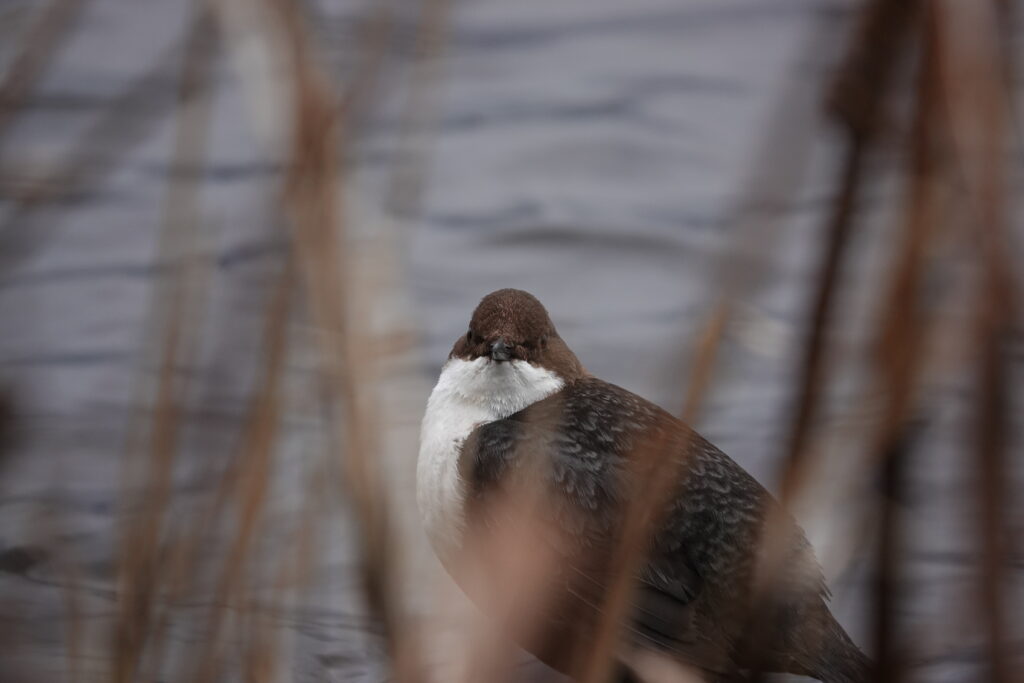
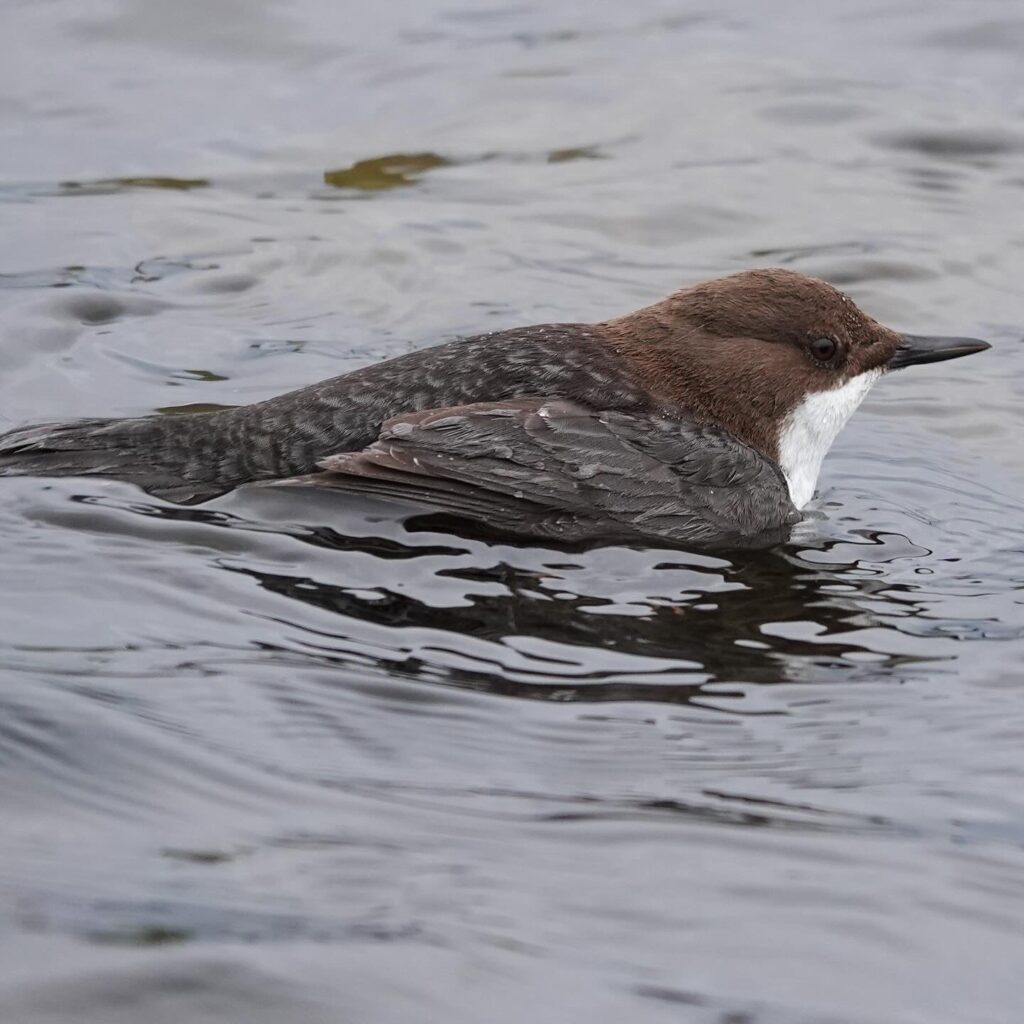
Tawney Owl
I do not see owls often. So, seeing or hearing one is special. I am fond of the memory of me and my daughter going to the woods on a February evening. The winter weather was very mild and we sat on a bench listening to the sounds of the woods.
At one moment we heard two Tawney Owls up in the trees. We used an app to identify the sound (to be sure). The app also recorded the gasps and commentary when we saw the owl’s shadow flying over. Just magic.
One month later I managed to see an Tawney Owl in daylight. His hiding places was snitch by 6 noisy jays.
Puffin
Together with my daughter I went to Iceland at the end of June. We both love nature and we spent a week along the west and south coast. Incredible nature, and a birders paradise. So many Redshank and Artic Terns and other species everywhere.
One goal was to see the Atlantic puffin. We booked at trip to a cliff near Ingolfshofdi. Absolutely wonderful experience to see puffins flying around and landing near their nests. As a bonus we got also another lifer (to see and identify a bird for the first time): the Great Skua.

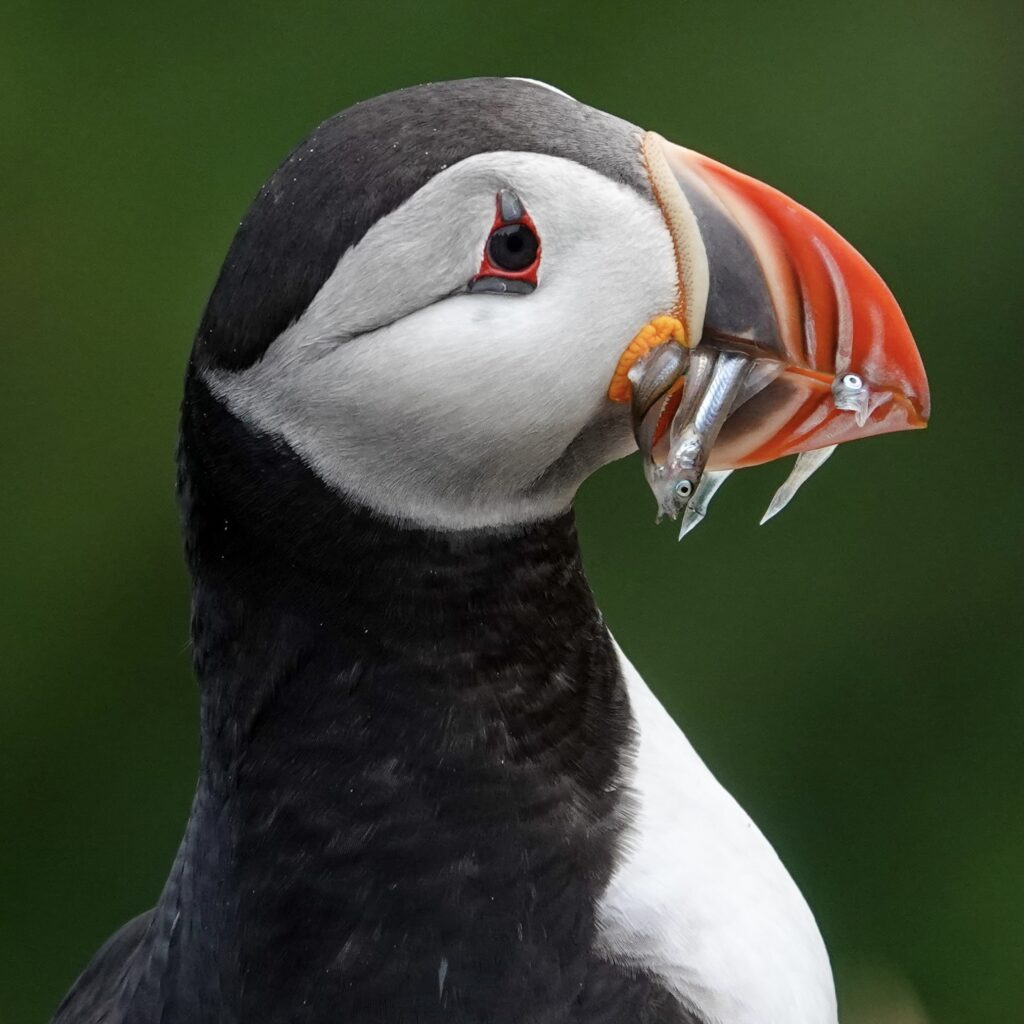
Red Fox
I regularly visit the dunes near Zandvoort for a walk and birding. In the dunes there are many red foxes. Most of them are not shy because some people feed them. I have seen red foxes walking by a couple of times in the past.
But in November I almost finished my walk when I saw two ears above the tall grass. It was a red fox resting on top of a dune. It was relaxed and let me take photos. At one point it approached me to check out my backpack. After a short time it moved on again.

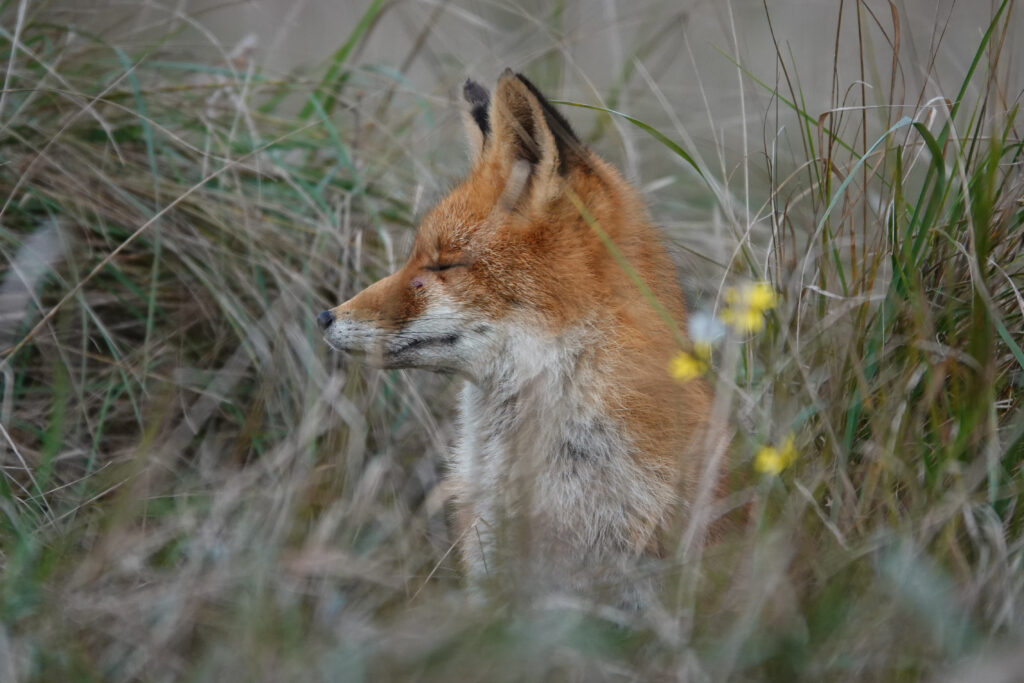
Wolf
The number of wolves in the Netherlands are rising. So are the problems some people seem to have with these beautiful animals. It’s clear adjustment takes time. The wolves can be found in the eastern part in the country.
In November I went to the Veluwe to witness the sunrise and to see wildlife. Of course I hoped to see a wolf, but I didn’t count on it. During the morning, I saw female red deer and ravens. And after three hours suddenly a wolf was spotted in the distance. We could watch it for a couple of minutes. What a great experience. Another lifer.
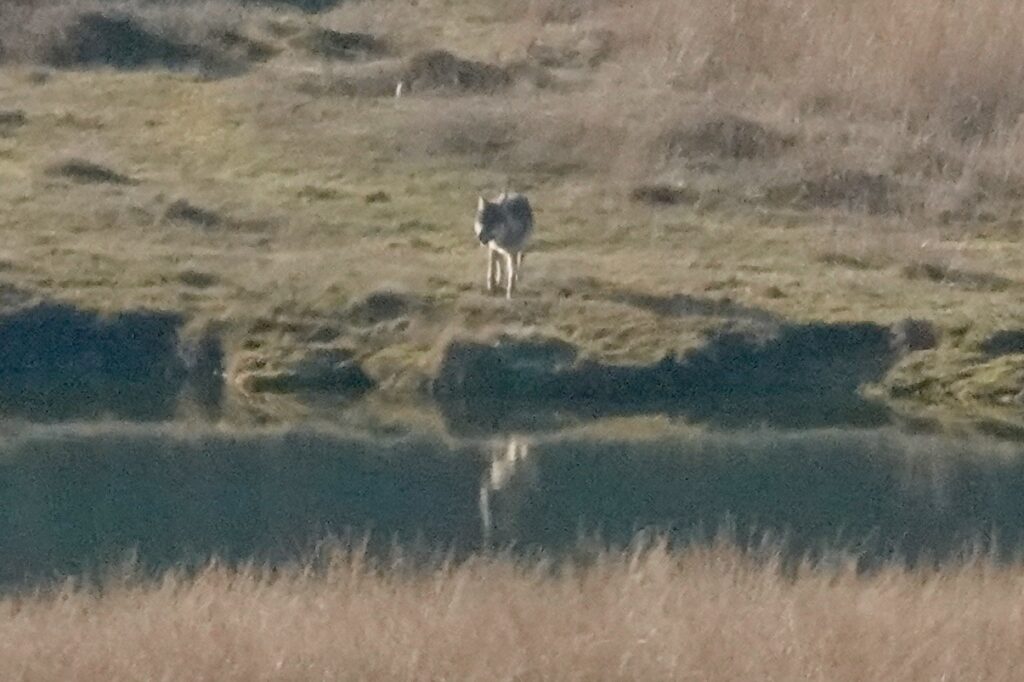
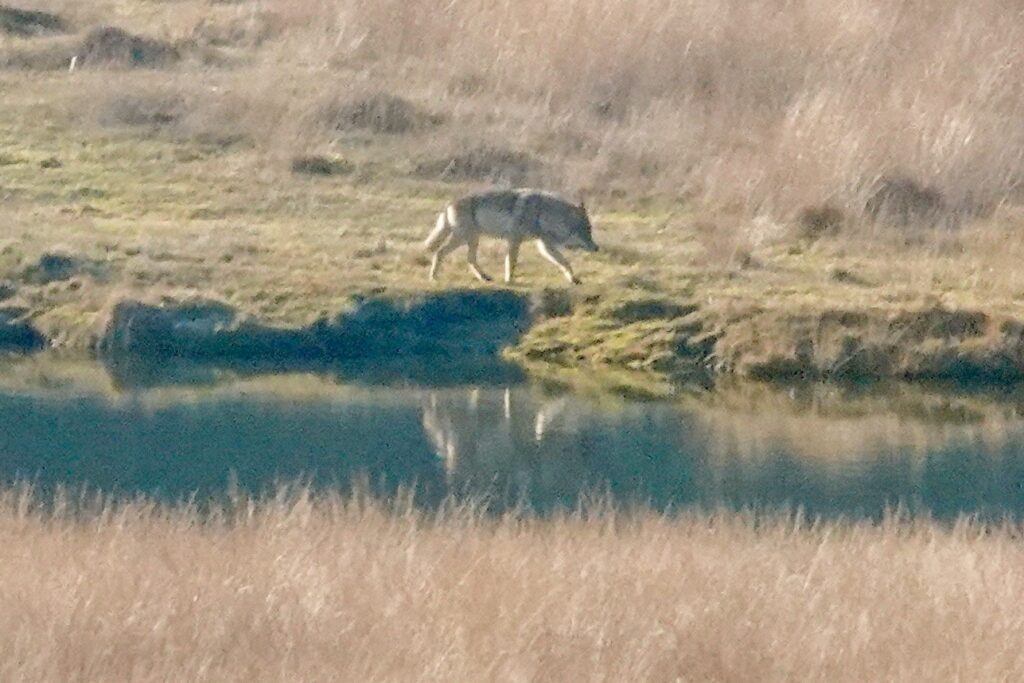
ps. I screened the observations list and saw I had 19 lifers in 2024.
pps. I add one more to the list. Because I enjoyed a meeting with a mouse in the field. I sat down to watch it eat the seeds of a nettle for a long time.
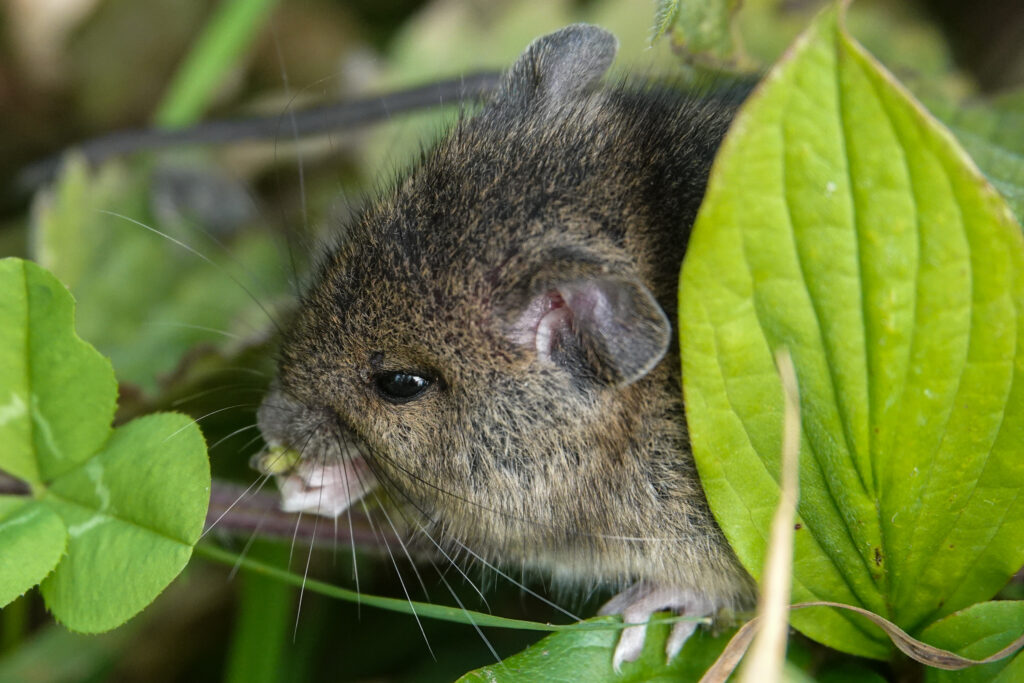
- Observations 2023
Last week is was time for the annual Spotify Wrapped to be released. Some hate it, some love it. I’m rather neutral. I think its fun, and it doesn’t mean a lot to me. However it inspired me to wrap up the observations I made in 2023.
Disclaimer: this wrap up can change because the year isn’t over yet!My memory has a terrible low capacity. So I am glad to use the Dutch version of Observation.org to register the birds, mammals, insects, plants and fungi I see. Looking at the 2023 data it’s clear I went birding in local areas, except for 2 holidays. In former (COVID) years I traveled to other parts of the country. I’m planning to going to change that in 2024!

I registered 1689 sightings: 1630 of birds, 28 of mammals and 31 of others (butterflies, bugs etc). A sighting can contain more than 1 individual. In total the sightings involved at least 3353 individuals.
Every sighting is dear to me. I enjoy seeing a common great tit in the garden, or a grey heron near the water. I enjoy seeing species for the first time and seeing rather rare species.
To wrap up the year I would like to share 5 sightings (#TopObs2023) that a dear to me because of the story accompanying the sighting and/or the stunning photos I was able to make.
Wrestling juvenile Eurasian Goshawk
I went with my daughter to the gym. On the way, we saw a raptor on a grassy field eating its prey. we stayed to watch for a while but didn’t have binoculars or camera with us so we went to the gym anyway.
On the way back, the raptor was still there. We then quickly got the gear to observe and identify the bird. It turned out to be a young Eurasian Goshawk that had grabbed a Eurasian Coot. After a few hours of plodding and plucking, the Goshawk went to rest by the prey.


First time meeting a Barred Grass Snake
The list of observations does not reflect the change I noticed this year. In the summer months it is usually pretty quite bird-wise. So I spend more time observing other living creatures. During my weekly walk in the local woods I found an old snake skin. It took some patience and time before I found out there was a nest of Barred Grass Snakes (one of three species living in the Netherlands) near the path. I visited the place several times, but the snakes are very alert and hide quickly. But one time I was lucky one of the snakes crossed my path at a distance of 3 feet, climbed up a tree log and looked in my direction. A WOW moment!
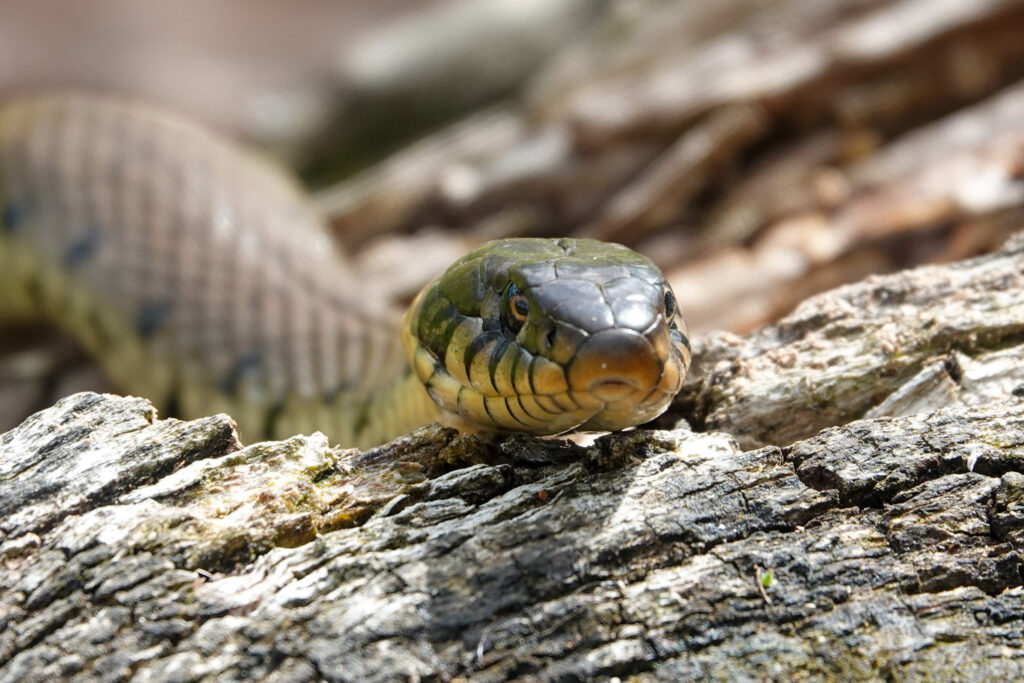
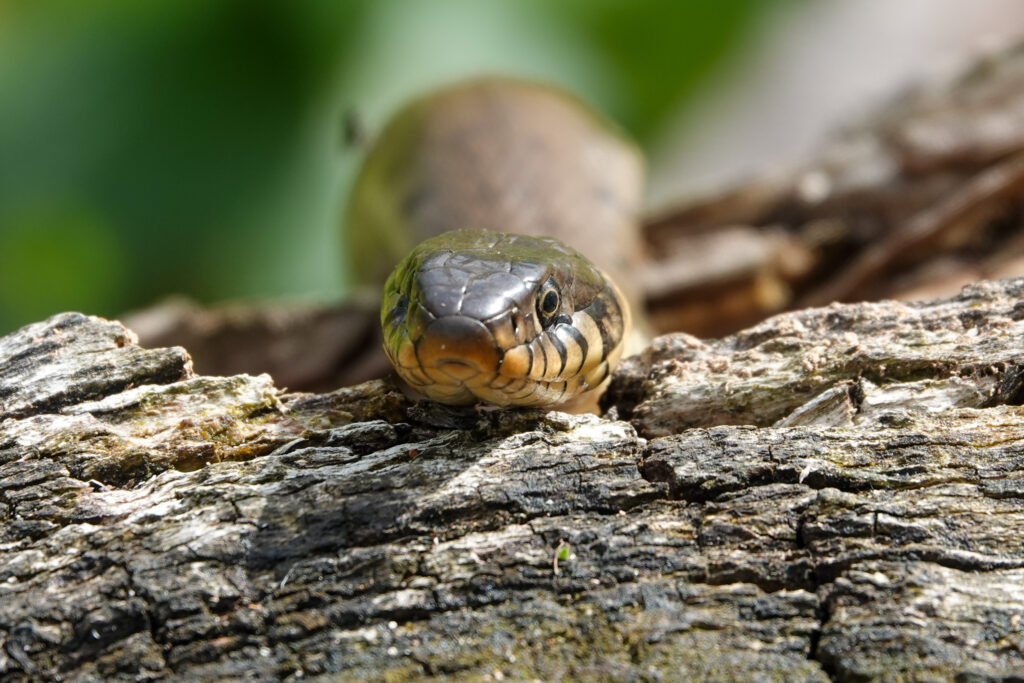
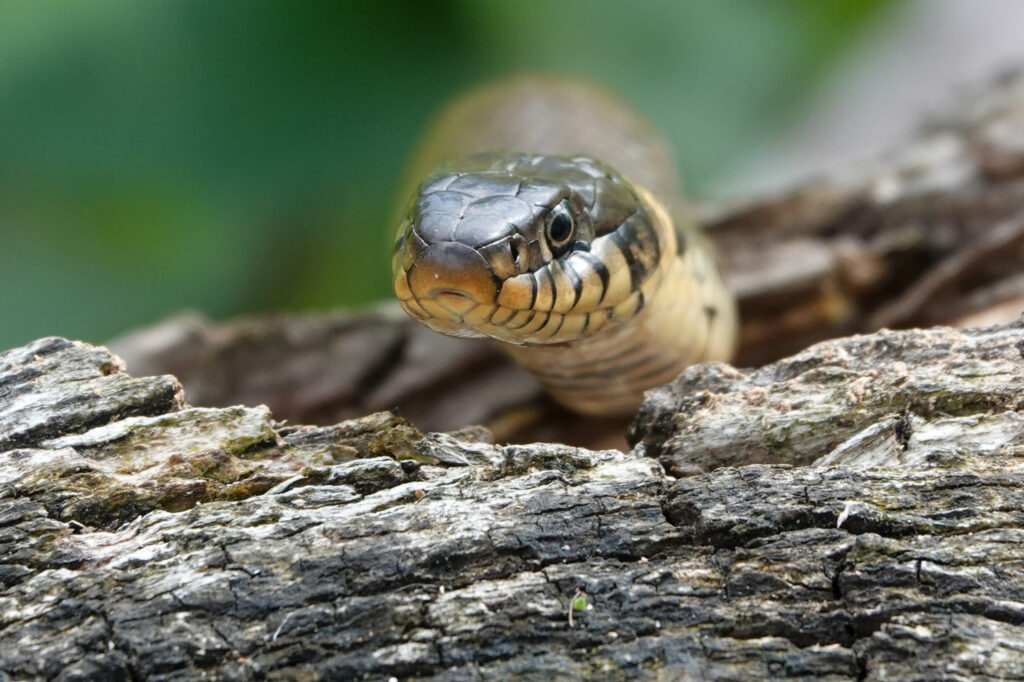
Common Kingfisher up close
What’s in a name. There is nothing common with the Common Kingfisher. It is a beautiful native bird and I spotted/heard it 15 times in past 4 years. The only downside with these birds: they are very fast. I mostly see them passing by at high speed…. as an orange/blue arrow.
Early spring a kingfisher visited our garden (faces water), sitting on a fence to overlook the water. We hoped it would nest near our house, but unfortunately it didn’t come back. Of course this was cool. But still the moment to observe was brief and from a distance.
in July, I visited a public bird watching hut and nearby was a pair of kingfishers hunting. 1 of them went hunting from a branch close to the hut. Fantastic to see and photograph it so close.
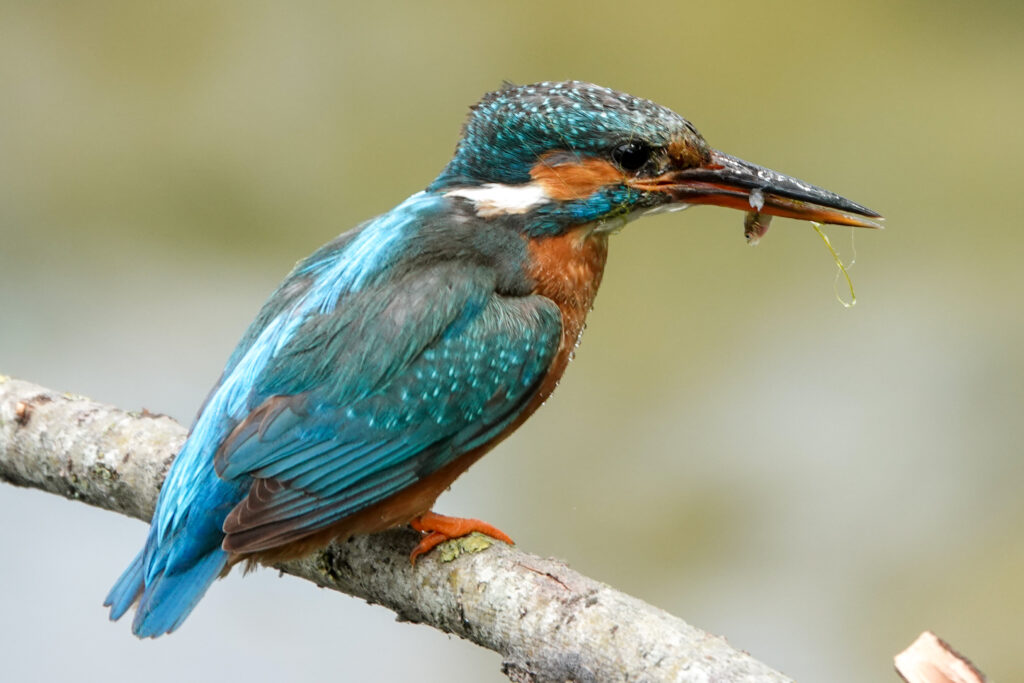
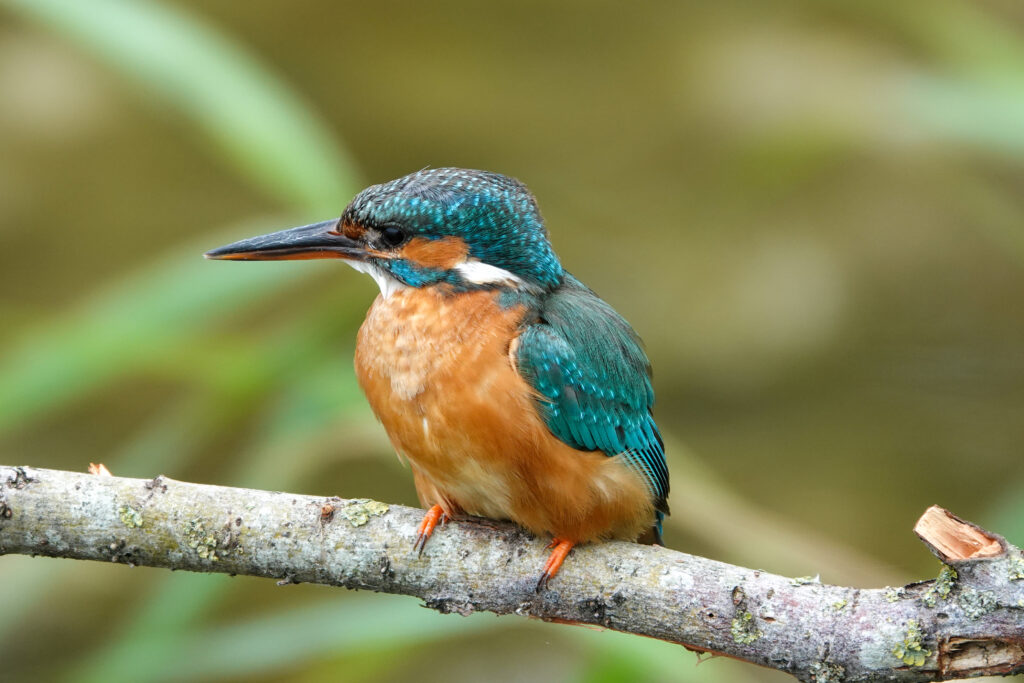
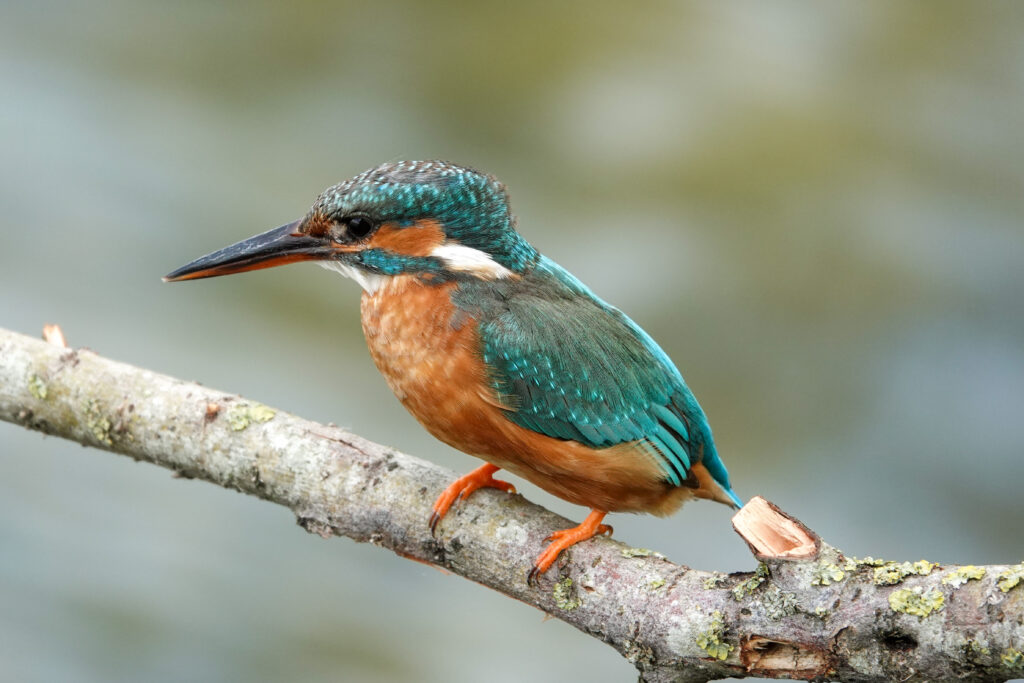
Twitching a Eurasian Hoopoe
The Pokemon Go player in birdwatching land is the ‘Twitcher’.
A twitcher is someone who goes to great lengths to view new bird species. Whereas most bird watchers will be content with spotting birds on their local patch or anything they come across while out in the field or on their travels, twitchers actively hunt down birds, usually to add to their life list.
” – Birdspot.co.ukI am not a twitcher. That being said, I do check sightings in the Netherlands now and then to see whether there are sightings of rare birds in the neigbourhood. And 2 or 3 times a year I decide to visit the sighting spot. Partly because I didn’t know that spot anyway, so I take to opportunity to explore the area.
In September there was a Eurasian Hoopoe (pretty rare here) in the middle of a village 30 minutes away from home. So on my day off I went to look for it. On arriving it was clear more people had the same idea. A group of 30 bird watchers, photographers and twitchers (overlapping groups) were walking around to spot the bird.
In the end the bird was seen on a lawn in the middle of rows of elderly homes. So the birders were in turn being watched by the residents. Quite a surreal picture. It was great to see the Hoopoe and experience a twitchers gathering, but I think I prefer the casual unplanned meetings.
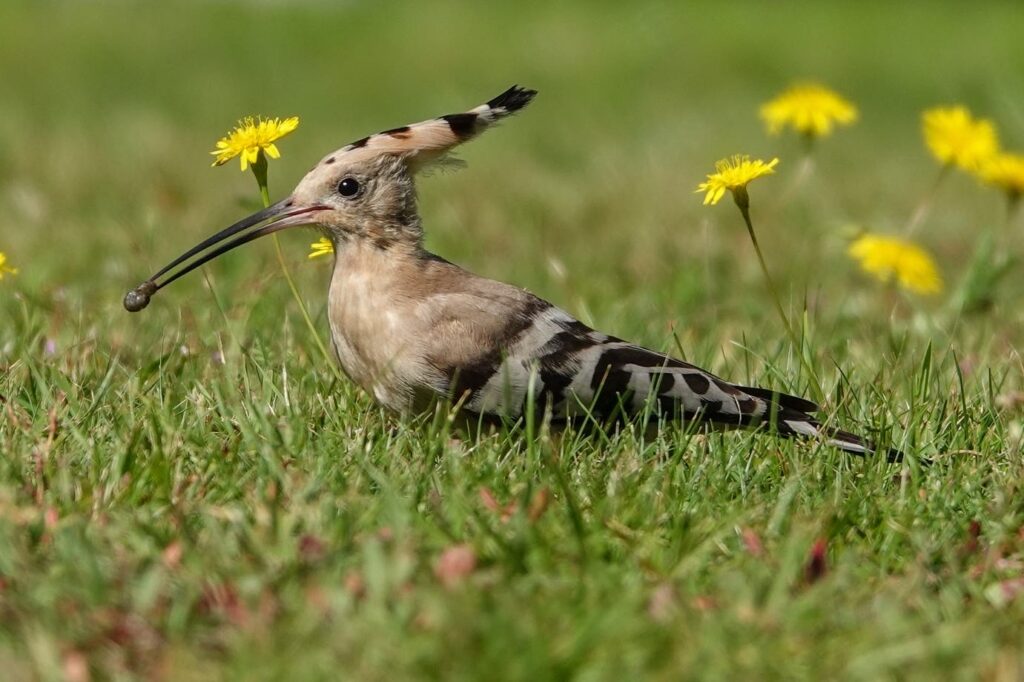
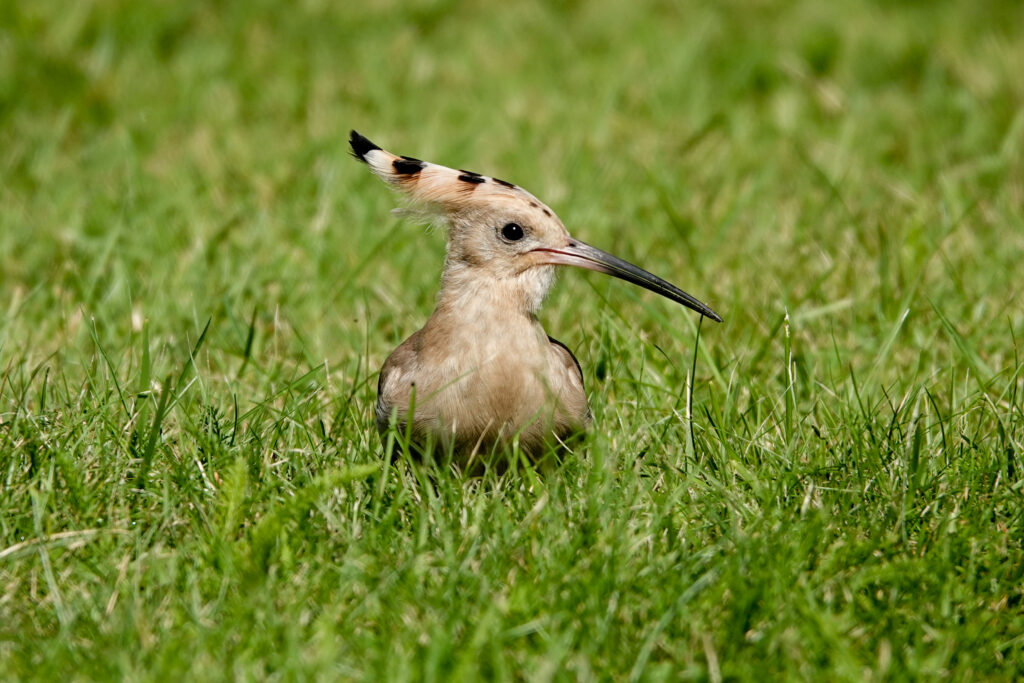
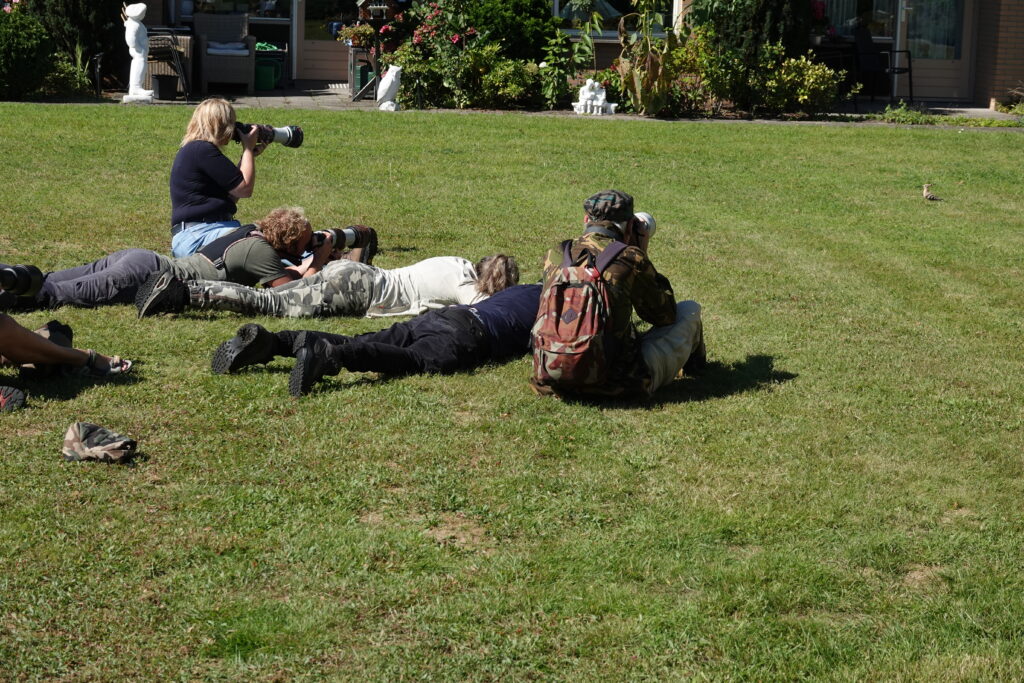
Playful stoat
Talking about an unplanned meeting. I was checking out an area new to me. It was a beautiful warm and sunny day. I spotted some birds I don’t see often so It was a good day. I wandered around the area, and stopped to rest at a wooden gate on top of a dyke.
Behind the gate a Stoat was playful hopping around, and to my surprise it ran towards the gate. Obviously it did not notice me standing there, until the last moment of us looking at each other surprised and curious. After the click of my photo camera it disappeared.
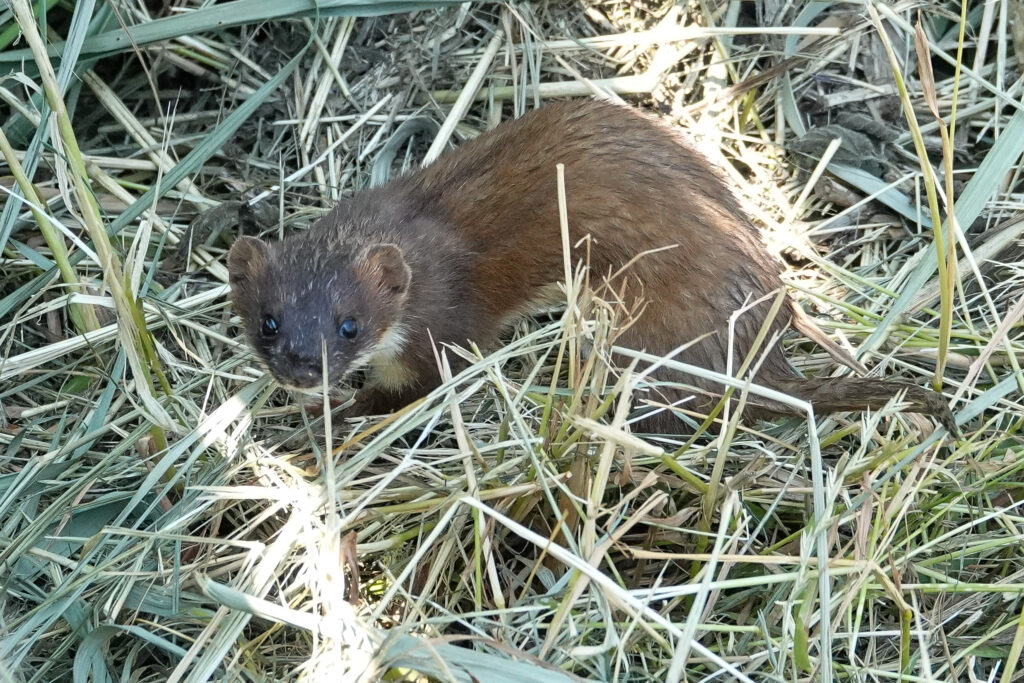
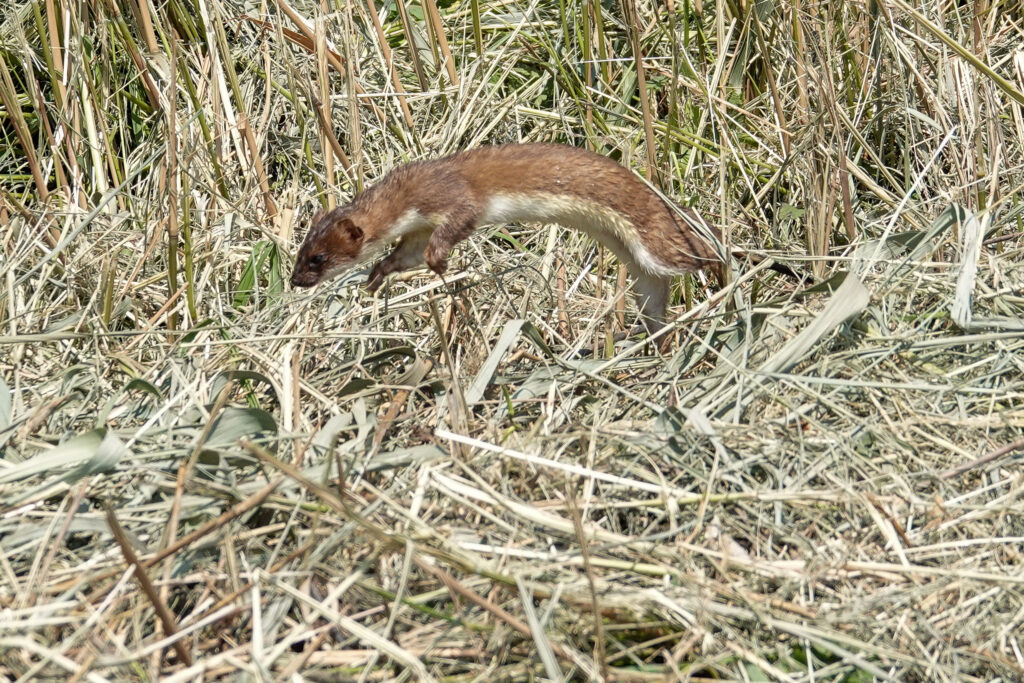
- #7Books
Sometimes you come across a hashtags that makes you think. And maybe even write a blog post. Like #7Books that will help you to get to know me. First there was some hesitation, because would I even get to seven books? And maybe the books I pick are too shallow or maybe a bit over the top?
I have not been reading much in recent years. Time was spent on family live, birding/walking, social media and yes, work. And to be honest, picking a book I read a thousand year ago to ‘describe me’ seems a bit forced. Anyway, I give it a shot…
I start with two books that are my all-time favorites I recently reread: 1. The origin of species – Charles Darwin 2. A short history of nearly everything – Bill Bryson
Writing this reminds me of an exercise we did in school. Watching an old drawing with several people (unfortunately forgot the scene) we were asked with which person we identified the most. I picked the person observing the other people in the scene. To observe and wanting to understand how thinks work. So basically I am a science guy. And add: not into religion.
The groundbreaking book of Charles Darwin is awesome in several ways. The epic journey with the Beagle which lead to this book (and others), the reasoning and deduction of the scientist which lead to the theory and the endeavor to publish it while he knew there would be religious flack. I am proud to own a 6th edition from 1897.
The book by Bill Bryson is complete different. Bill is not a scientist but an observer with many questions he dares to ask. In this book he covers many topics of life, nature, science, universe, and everything. Written clearly and with a lot of humor. Bill is a brilliant writer, and I read most of his books and I have a small collection. I could easily fill the list with his books, but that is probably not the idea behind #7Books. That being said…
Books 3 and 4 3. The Monk in the Garden: The lost and found genius of Gregor Mendel – Robin Marantz Henig 4. The Body – Bill Bryson
Gregor Mendell was an Austrian scientist and monk who lived in the 1800s. He experimented on garden pea hybrids and is known as the father of modern genetics. The book itself is partly fictionalized because many records about his live are lost. I read this book a long time ago (even before reading Darwin).
The Body is Bill Bryson latest and probably last book (because of retirement) in which he guides the reader through the human body. With facts and anecdotes the books leads to a deeper understanding of human body.
There are thousands of things that can kill us—slightly more than eight thousand, according to the International Statistical Classification of Diseases and Related Health Problems compiled by the World Health Organization—and we escape every one of them but one. For most of us, that’s not a bad deal. – Bill Bryson
Books 5, 6 and 7 – fiction department In the fiction department I have read books in different genres, from Stephen King to Harry Mulisch, and from Nicci French tot Jonas Jonasson. I do not keep all the books I read. Some books I enjoyed so much the end up on the bookshelf. To be honest it feels very arbitrary to pick three books, because most of them I read a long time ago. But looking at the bookshelf these three caught my attention the most: 5. The Kite Runner – Haled Hosseini 6. The shadow of the wind – Carlos Ruiz Zafón 7. Censoring an Iranian Love Story – Shahriar Mandanipour
Not sure what these books tell about me…
- Flora Batava
I have always had a fascination for those old hand-colored prints of birds and plants. So, I am a little embarrassed to admit that I did not know about the *Flora Batava*.
The *Flora Batava* was an idea of publisher Jan Christiaan Sepp (1739-1811). At the end of the 18th century he wanted to make an overview of the Dutch flora: all plants, mushrooms, mosses, algae and flowers that you could find in the Netherlands.
Many other European countries (such as England) had already put “their” national flora on paper. But there wasn’t something like that in the Netherlands. Publisher Jan Christiaan Sepp had already published successful books about Dutch birds and Dutch insects.
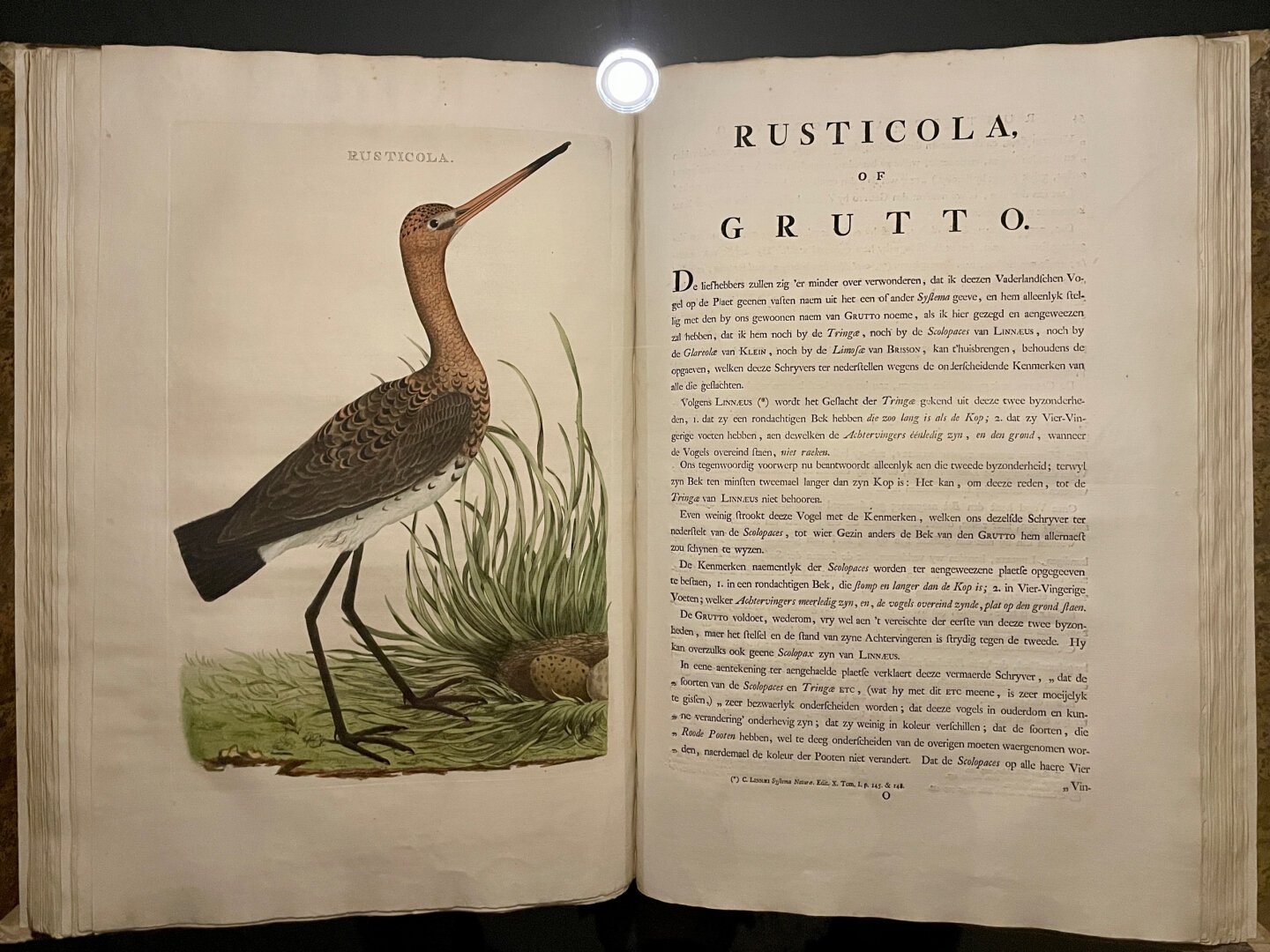
The project lasted 134 years. The *Flora Batava* was not released in one go: one could subscribe to episodes (which could later made into a book). In 1800 episode 1 appeared, in 1934 the last. A total of 461 episodes appeared, spread over 28 parts. It is not surprising that there are few complete books.
Plant connoisseurs such as Jan Kops (1765-1849) and Frederik Willem van Eeden (1829-1901) took care of the texts. Artists went to work and made hand-colored drawings. Together they made 2,240 images of more than 2,640 plants.
It was time for me to get to know *Flora Batava* during the exhibition in the museum ‘House of the book’. According to museum: the oldest books museum in the world. The museum is located in the former home of Baron van Westreenen van Tiellandt (1783-1848) and focuses on the written and printed book in the present and past. The external form and the development of the design of books are central.
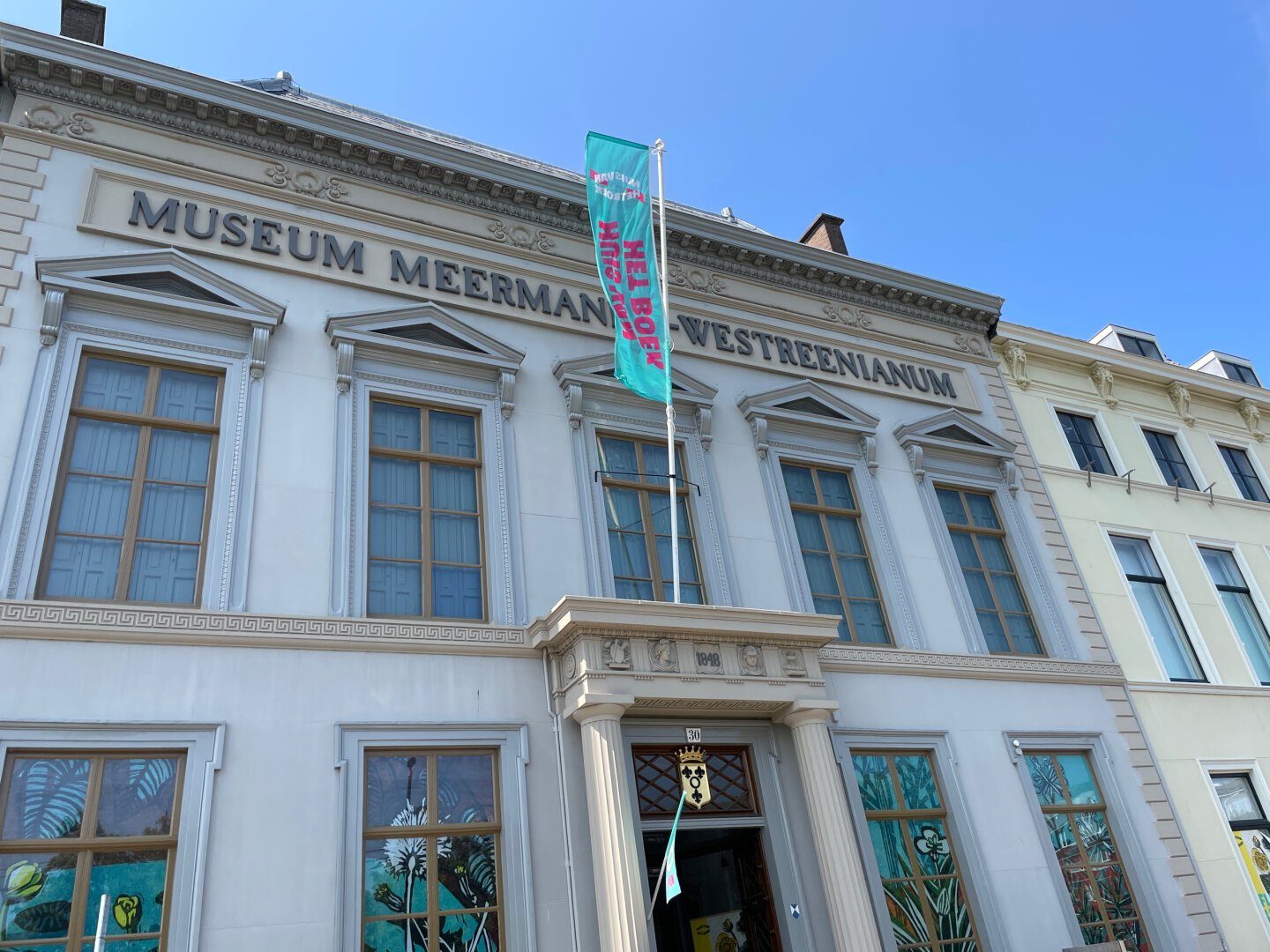
The exhibition is spread over several rooms of the house. Starting with examples of foreign books on flora. Followed by the Dutch books that Sepp already had made about birds and insects.
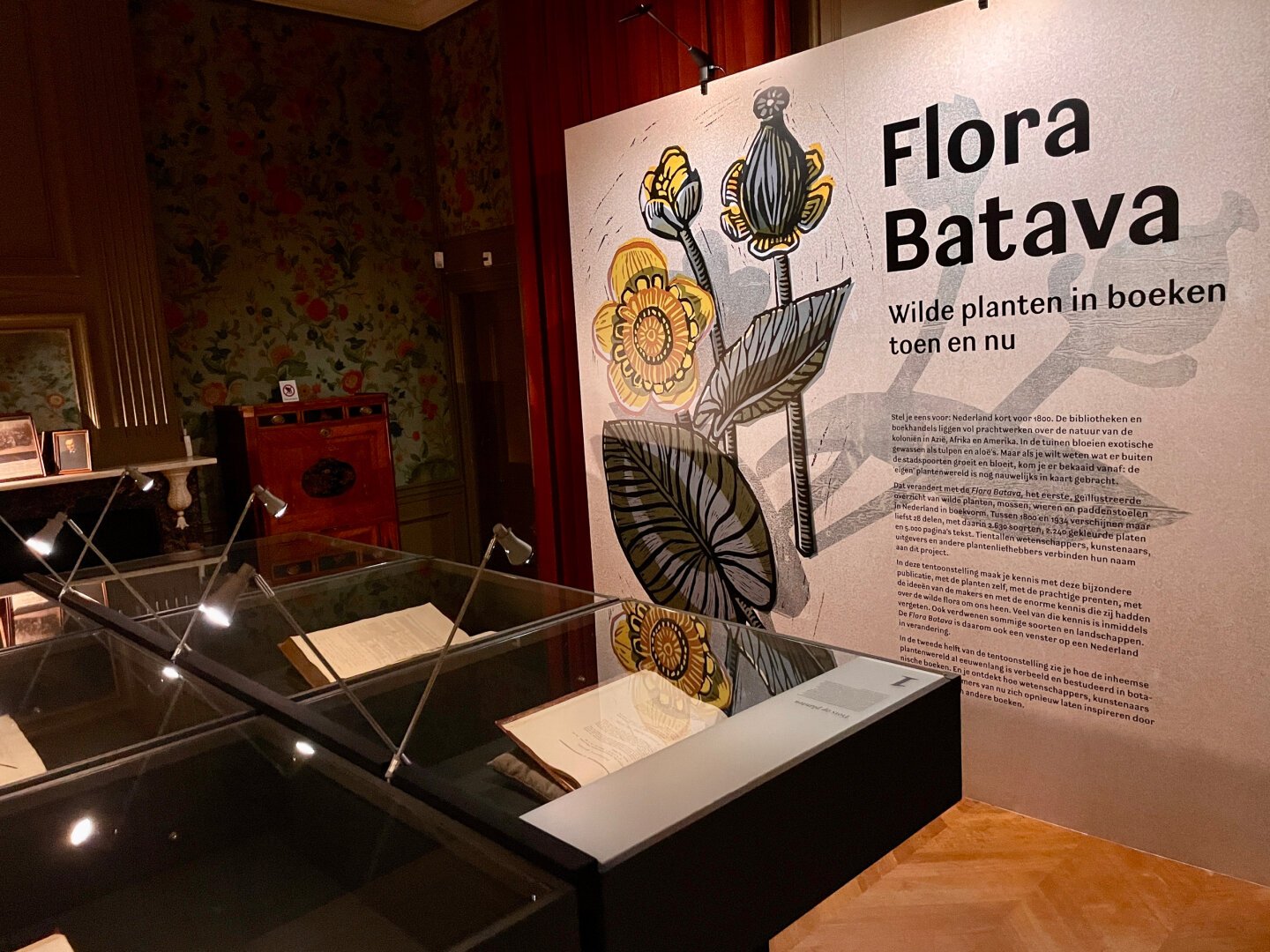
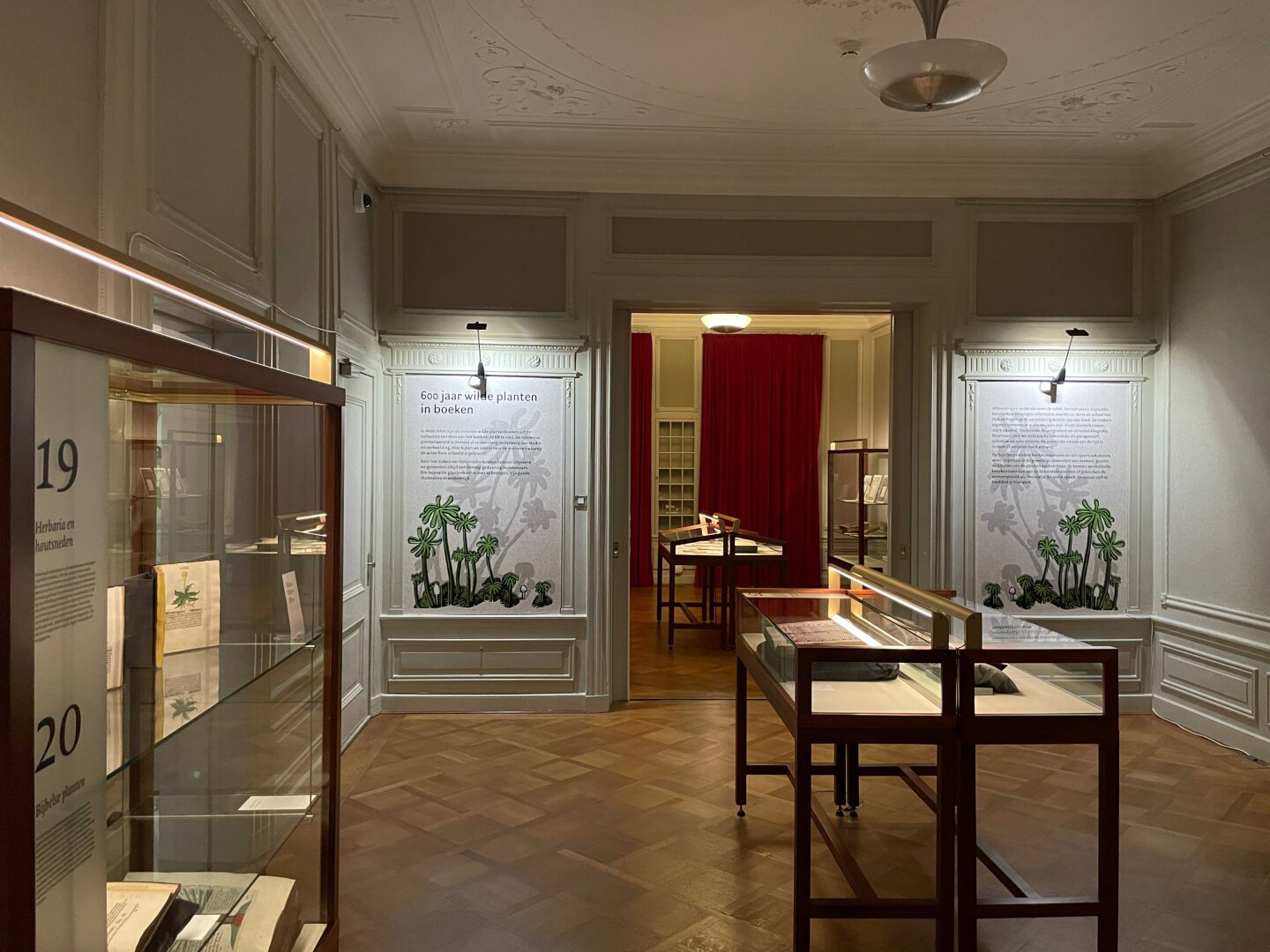
And then the *Flora Batava*. Nice displays of the original artworks, next to the hand colored engravings and lithos in the book. Also nice to see how some owners sometimes added dried plants to the book as being a herbarium.
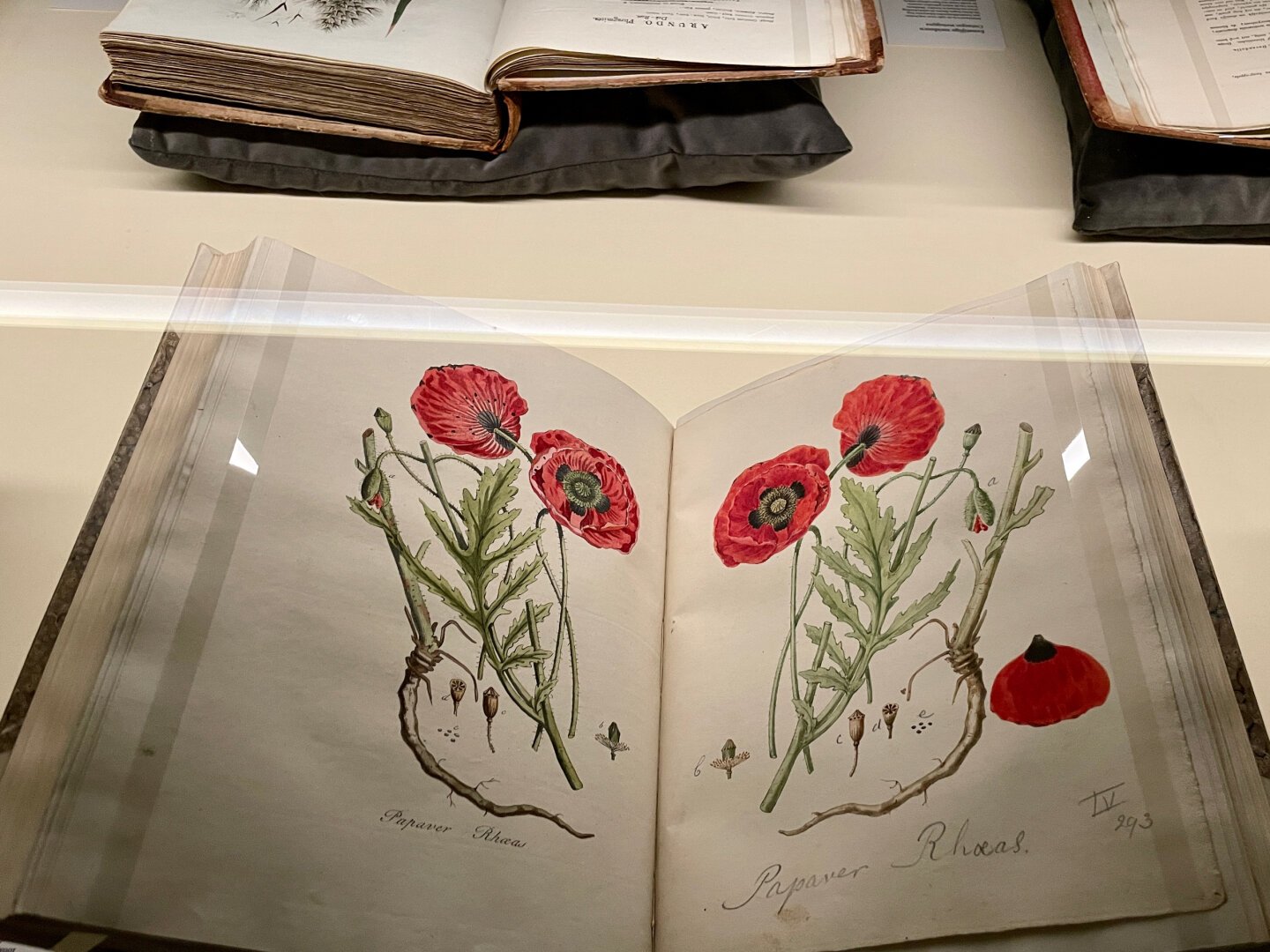
For science’s sake the book gives information in the changing flora world in the Netherlands, and in the opinions of people about plants. Also the books shows the development int printing techniques.